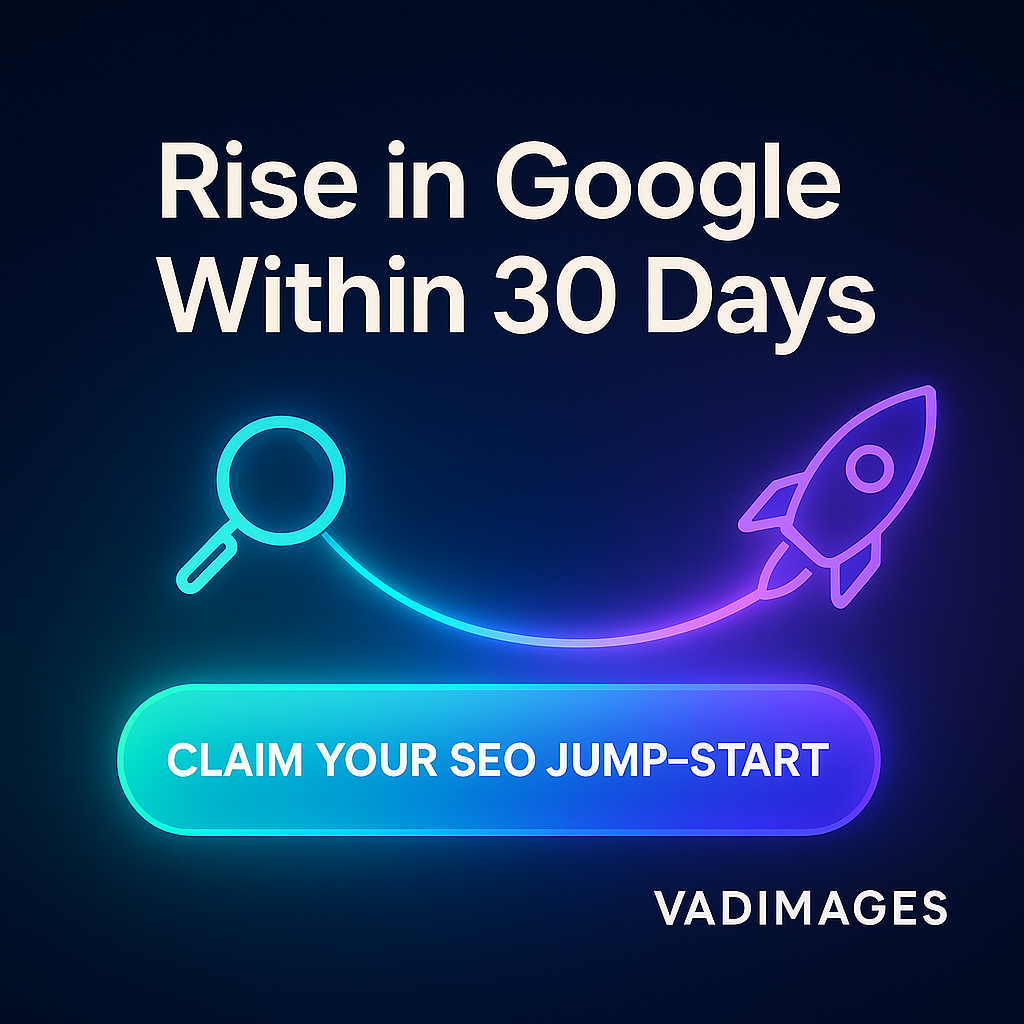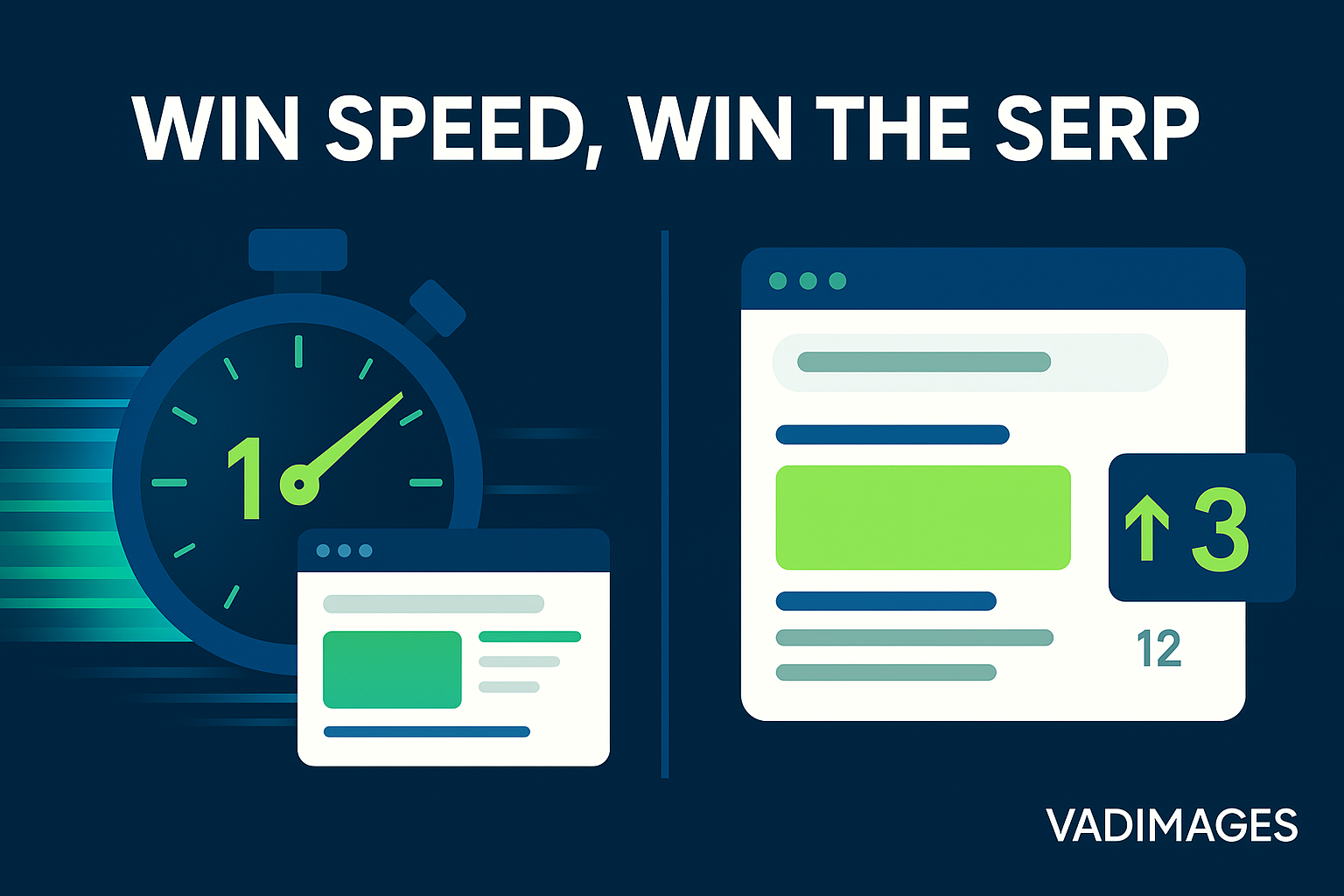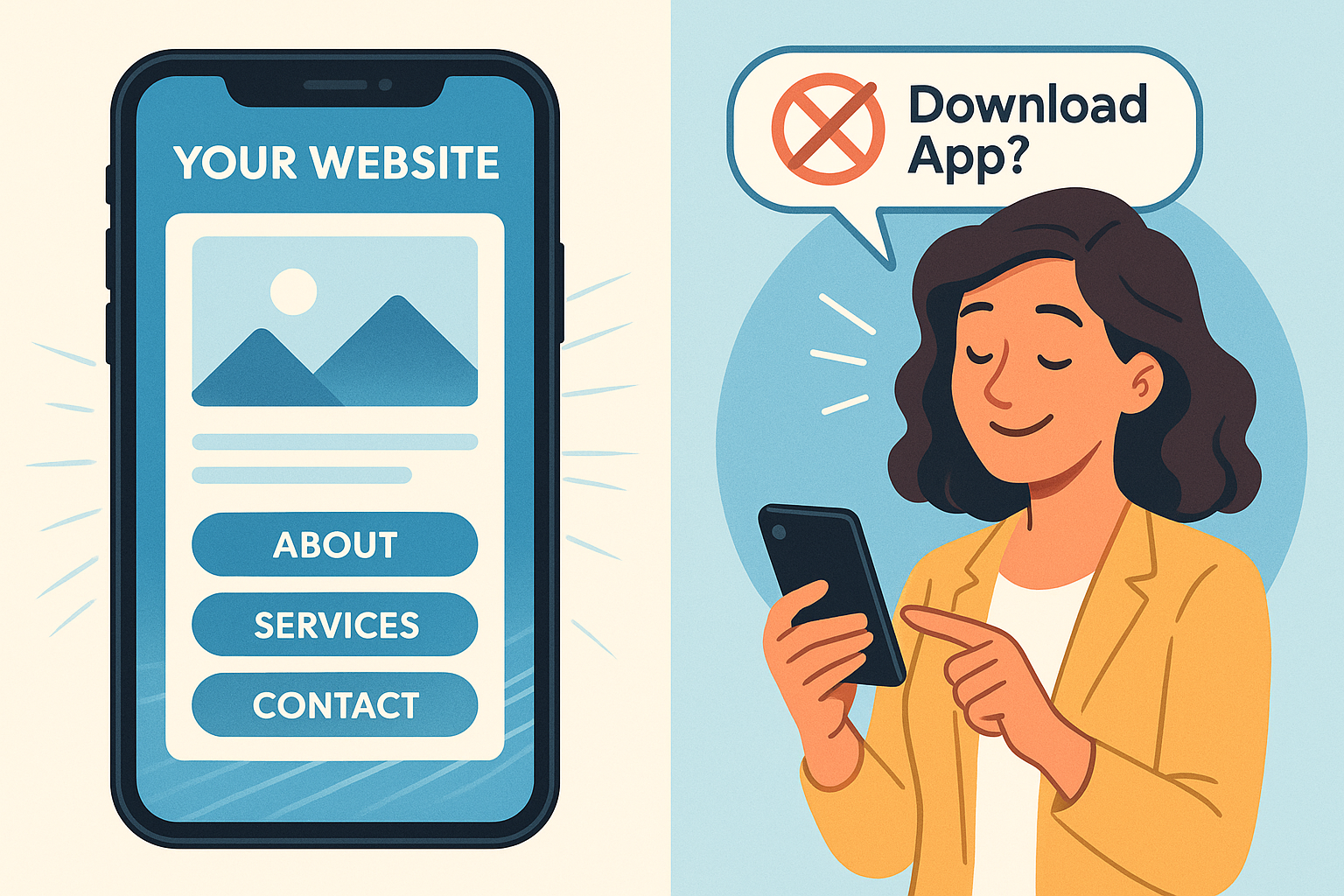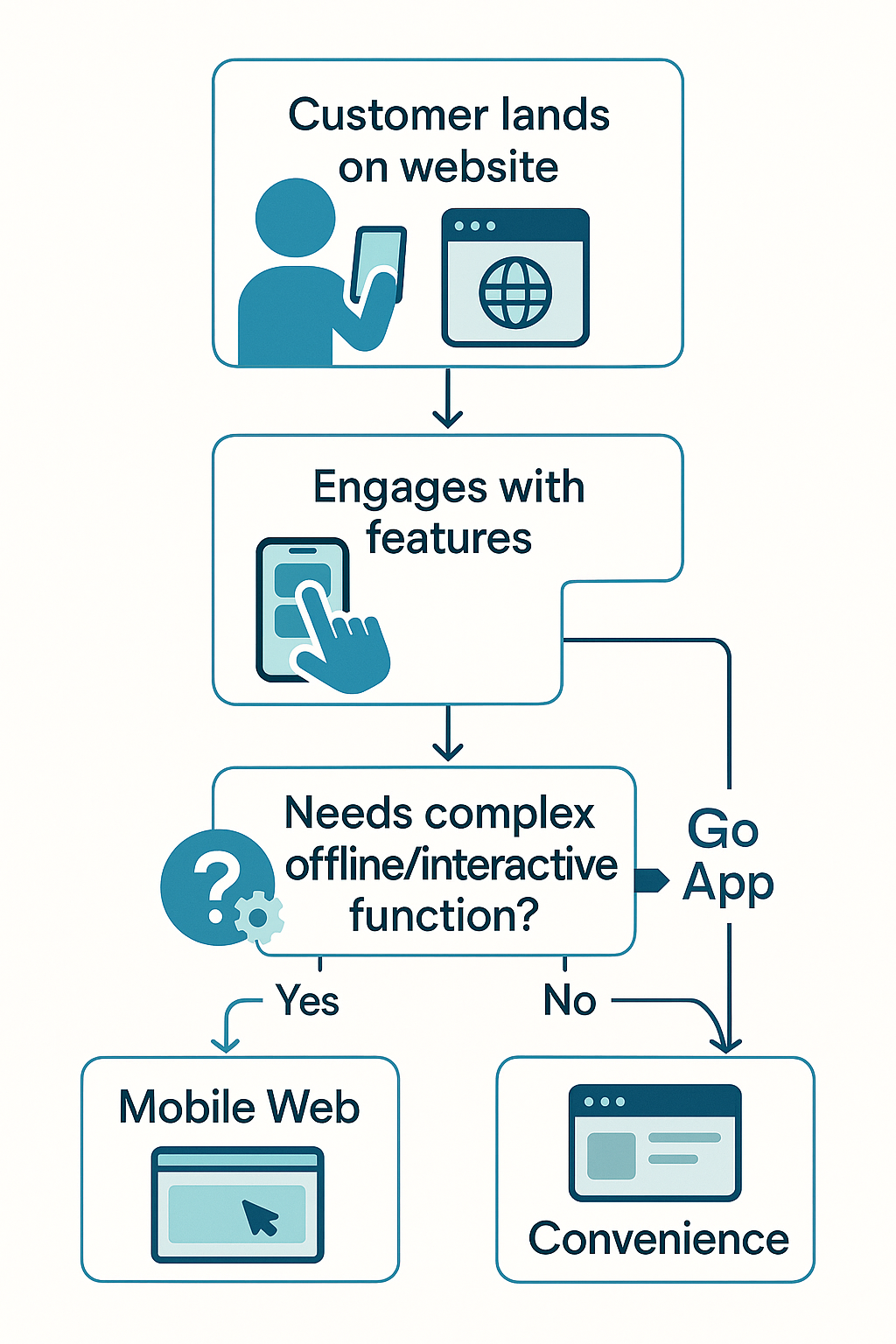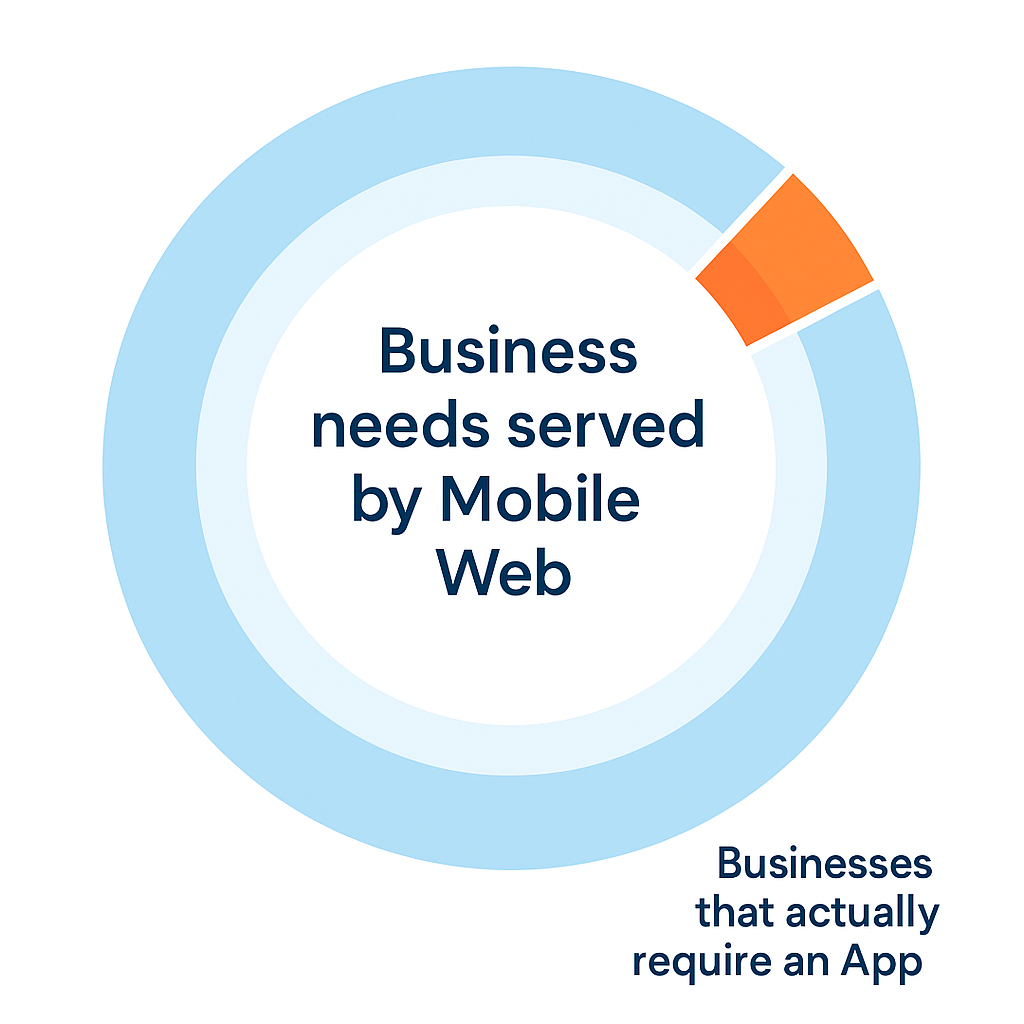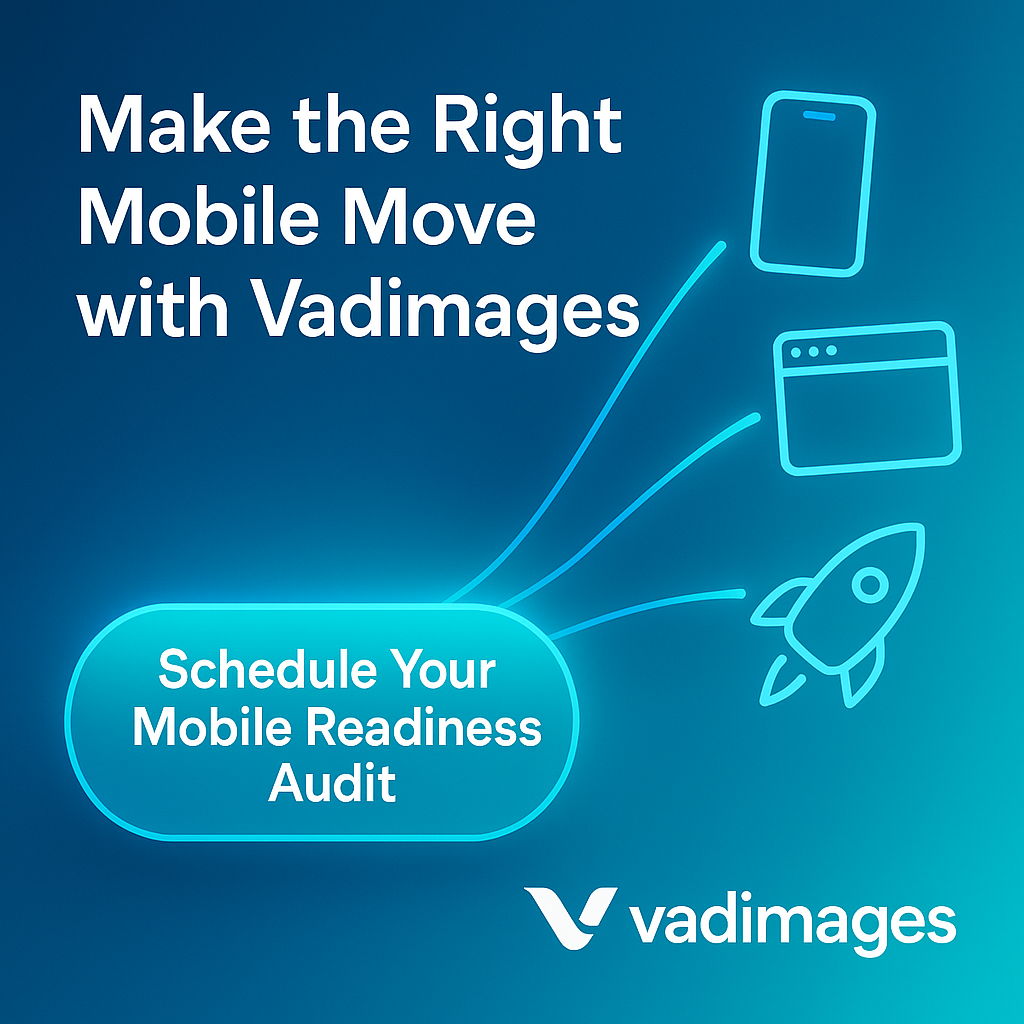Clear Signals: Tuning Your Page Titles and Meta Snippets
Search engines rely on titles and descriptions to understand and showcase your pages, so treat them like miniature billboards. Start by choosing one primary keyword that fits natural customer searches such as “Denver artisan bakery” or “Atlanta dog-walking service” and weave it into a concise, compelling 55- to 60-character title. Follow with a meta description of roughly 150 characters that promises value—think irresistible copy that answers the searcher’s next question. Resist the urge to repeat keywords; instead, write conversationally so Google’s algorithm—and real people—see your site as authoritative rather than robotic. After editing a few critical pages, watch click-through rates rise in Google Search Console within a week, confirming that the smallest text fields on your site punch far above their weight.
Speed and Mobile First: Google-Friendly Performance on a Budget
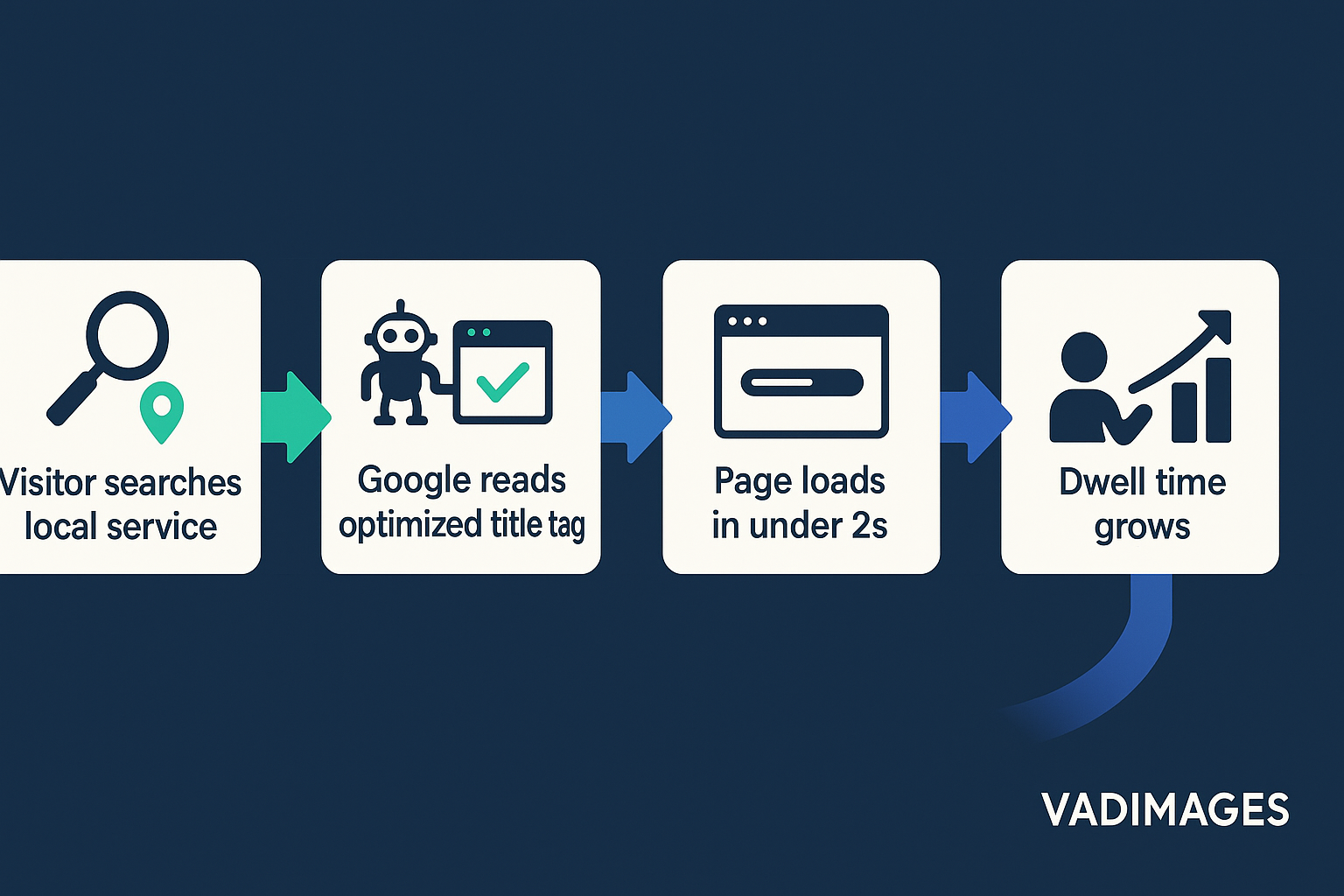
Page experience is now a ranking signal, but you do not need enterprise hosting to impress Google. Begin by compressing every hero image under 250 KB and serving WebP formats through free tools like Squoosh. Activate browser caching and lazy-loading in a single line of JavaScript or via your CMS settings. Next, test the homepage in PageSpeed Insights and target “First Contentful Paint” under 1.8 seconds on 4G—achievable on a modest shared plan once images are slim and unnecessary scripts are deferred. Finally, check the site on a mid-tier Android phone, not just your new iPhone; pinch-zoom is a red flag that your CSS breakpoints need tightening. Faster, mobile-friendly pages reduce bounce rates immediately, and Google notices the engagement shift almost as quickly.
Backlink Boosters and Local Citations That Actually Move the Needle
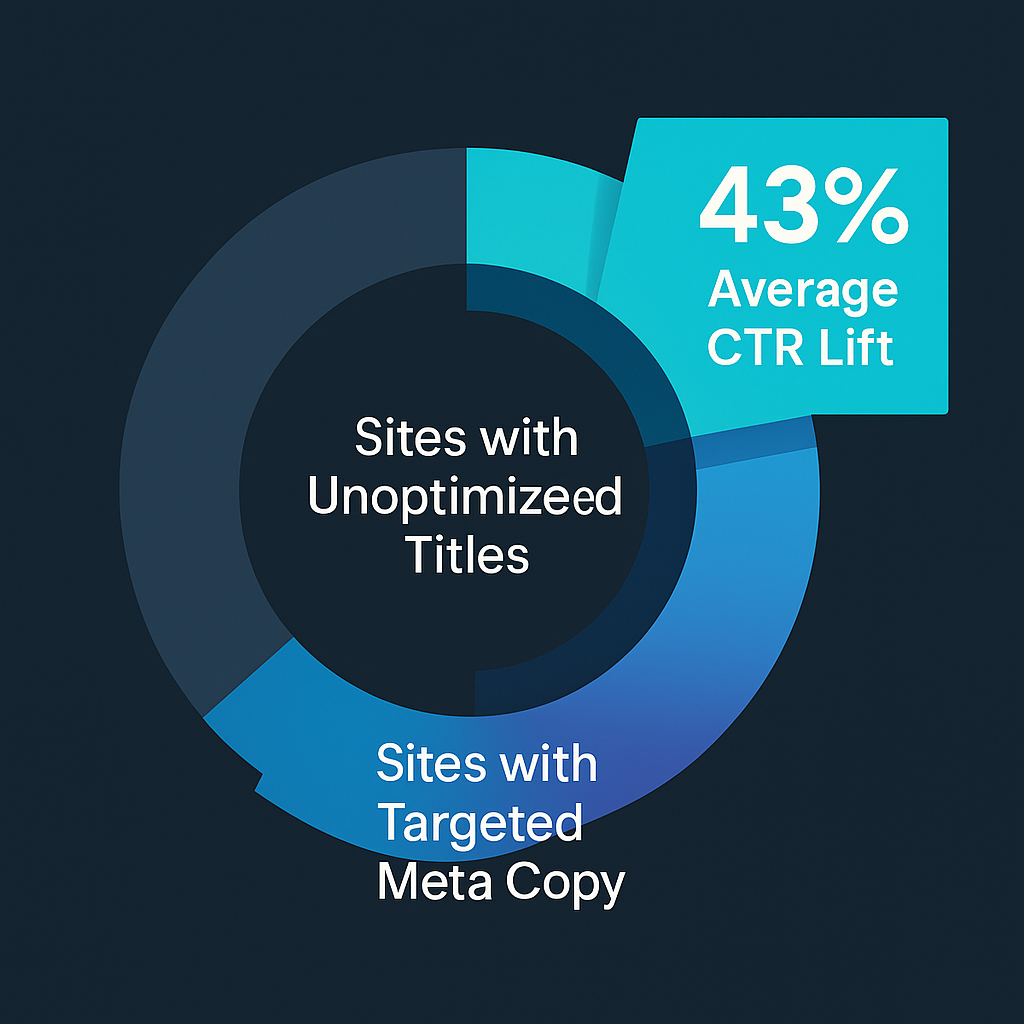
Every reputable mention of your domain functions like a vote of confidence, but quality beats quantity. Claim your free profile on chambers of commerce, Better Business Bureau, and top-tier directories such as Yelp or Thumbtack, ensuring your name, address, and phone match your website footer character for character. Approach neighboring businesses for a simple partnership article—perhaps a short interview or resource list—and trade one contextual link each. Two or three of these evergreen backlinks often move a local site from page two to page one in under thirty days. To avoid spam traps, steer clear of low-grade blog networks and instead concentrate on sources that your real-world customers already trust.
Data-Driven Iteration: Free Tools to Measure and Win
Without measurement, even the quickest wins fade into guesswork, so connect Google Search Console and Analytics before you tweak a single tag. Search Console reveals which queries already trigger impressions; optimize for those phrases first rather than chasing hypothetical traffic. Inside Analytics, set a simple conversion goal—perhaps a form submission or phone-link click—and segment by landing page. If a contact-us page claims sixty percent of conversions, prioritize its internal links and schema markup. Review reports weekly and maintain a living spreadsheet so you know which change, on which date, fueled the most visible lift. When the data shows plateauing gains, rotate to the next quick win and keep your momentum rolling.
While these steps are deliberately stripped to essentials you can deploy in evenings or weekends, not every entrepreneur has spare hours. Vadimages, the US-focused web development studio trusted by growth-minded brands from coast to coast, offers a flat-fee “SEO Jump-Start” package that covers every tactic above plus advanced schema, Core Web Vitals tuning, and a month of rank-tracking follow-up. Our Kansas City– and Brooklyn-based engineers handle the technical lifting while you handle new leads. Schedule your free discovery call today at vadimages.com and see how quickly your site can climb.
